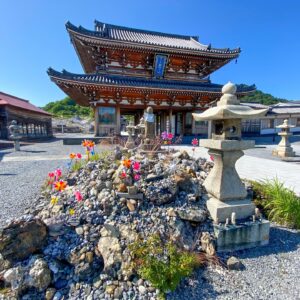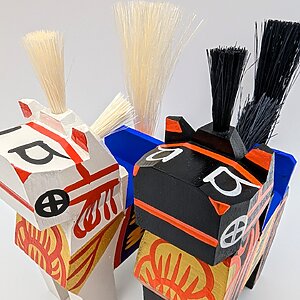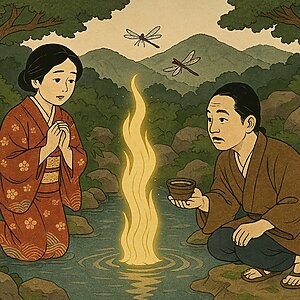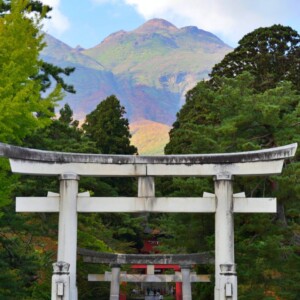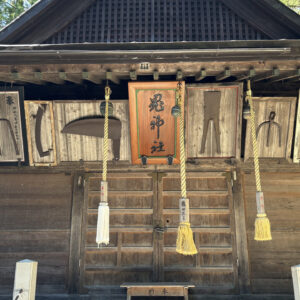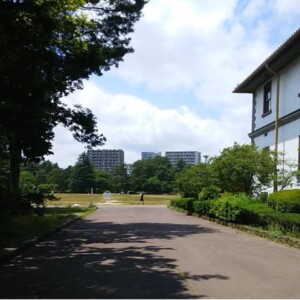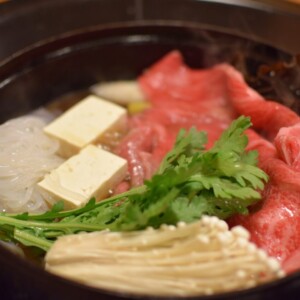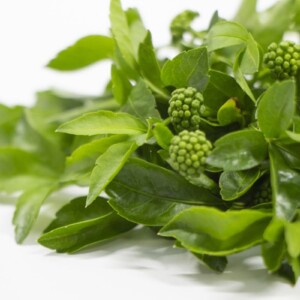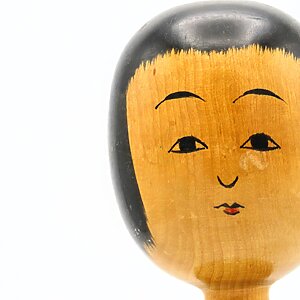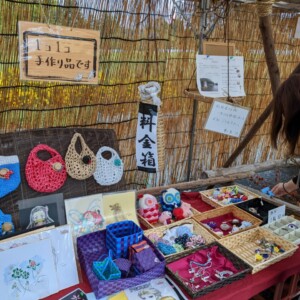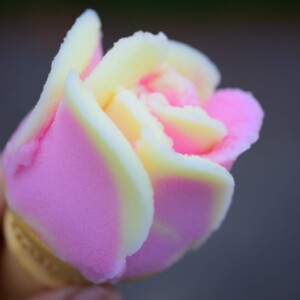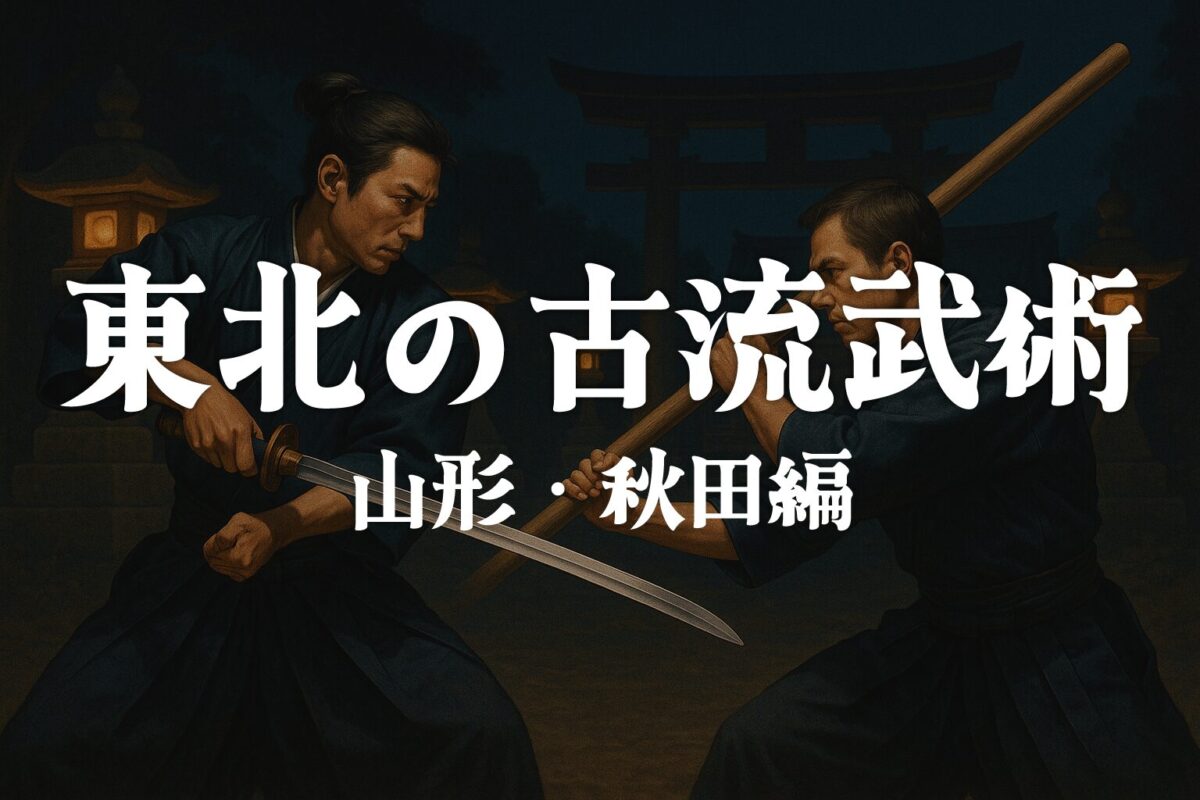
[Yamagata and Akita Edition] Valuable ancient martial arts from the six Tohoku prefectures! What are the unique techniques still handed down today?
table of contents
It is self-evident that the samurai's primary duty was to fight, and for this reason, numerous martial arts have been devised and refined throughout history.
In the past, martial arts in general were called " the way of archery and horseback riding," and bow and arrow skills were essential, as well as knowledge of various hand-to-hand and combat techniques.
A wide range of combat techniques have been systematized, commonly referred to as the " 18 martial arts
Generally, these martial arts that were established before the Meiji period are collectively referred to as "kobudo," and there are records that during the feudal domain era, many martial arts were taught in each domain and practiced mainly by samurai.
Among these ancient martial arts, there are many that are still being passed down through the generations, and you can still see actual demonstrations today.
In this article, we would like to introduce some particularly valuable schools of these ancient martial arts that have been passed down in the six Tohoku prefectures.
【Yamagata Prefecture: The originator of sword-drawing techniques! "Hayashizaki Muso-ryu Iaido" using a long sword
we will introduce Hayashizaki Muso-ryu, which is said to be the originator of iaijutsu
It is a technique developed by Hayashizaki Jinsuke, a martial artist of the Hayashizaki Muso-ryu school who was born in Hayashizaki, Tateyama, Dewa Province (present-day Hayashizaki, Murayama City, Yamagata Prefecture) during the Sengoku to early Edo period. Iai , is often depicted as a martial art in which you draw your sword quickly and counter.
This is not entirely incorrect, but in reality, it is generally explained as a technique for intercepting a sudden attack while your sword is still in its sheath by immediately unsheathing it. It is called "iai" because it means "to suddenly meet the attack while still in place" or "to be present," and it can also be said to be a self-defense technique that takes the initiative after the attack.
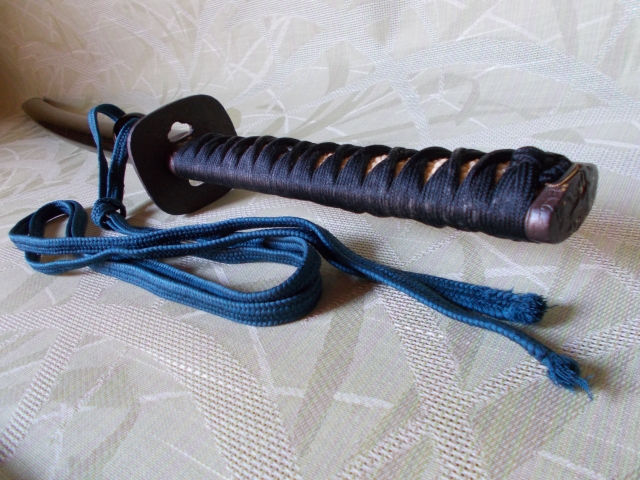
The task was to "stop a close-range dagger attack with a large sword"
Of course, depending on the school, there may be techniques that involve actively attacking, but the focus of Iai here is on the aspect of it as a technique for intercepting attacks.
This is because the Iaijutsu that Hayashizaki Jinsuke discovered can be seen as one answer to a certain problem: "stopping a short sword thrust at close range with a large sword .
The length of the tachi swords used in the Hayashizaki Muso-ryu is 3 shaku 3 sun (approximately 1 m), and when you consider that the standard odachi swords carried by samurai during the Edo period were 2 shaku 3 sun to 4 sun (approximately 69 to 72 cm), you can easily understand how long they are. These types of odachi swords are said to have been used in actual battles from the Northern and Southern Courts to the Sengoku period, and this sword is designed to represent situations in which they would be carried.
On the other hand, a short sword is 9.5 inches (approximately 29 cm) long, so if the distance between the two swords is close, it would be common sense to expect that the sword would be attacked by the short sword before it could even be drawn.
Hayashizaki Jinsuke's Iaijutsu can also be described as a technique that directly answers these seemingly impossible challenges.
The Hayashizaki Muso-ryu techniques are structured around the swift unsheathing of a long sword and the ability to reliably block the initial blow from a short sword. A sword with a blade up to 1m long is difficult to draw unless you are extremely large, but by skillfully coordinating the movements of the whole body, such as the rotation of the hips and the way the sheath is drawn, it is possible to draw the sword in an instant.
For this reason, "the art of drawing the sword," and it has been perfected as a system of combat techniques that is rare worldwide.
This school is known to have two lines: one that was practiced in the Shinjo Domain (present-day Shinjo City, Yamagata Prefecture and its surrounding area) and one that was passed down to the Hirosaki Domain (present-day Tsugaru region, Aomori Prefecture), and it is said that there are some differences between the two.
From early modern Iaido to the modern martial art of Iaido
Hayashizaki Muso-ryu is considered to be the origin of Iai, and in later generations it branched out into many schools.
It was during the Edo period that the style of Iai as a whole underwent a major change, with schools spreading that changed from using the long tachi swords used by Hayashizaki Muso-ryu to using swords of 2 shaku 3 sun to 4 sun (approximately 69 to 72 cm) used by early modern samurai.One of its characteristics is that it includes many techniques that begin with sitting upright, imagining combat in the palace or indoors, and in these cases it is assumed that a tachi sword, worn in the waist belt with the blade facing up, is used, rather than a tachi sword hung from the waist with the blade facing down.
Even among these schools, there are many cases where the founder of the school can be traced back to its origins as Hayashizaki Jinsuke.
Iaido, a modern martial art, is now governed by several organizations, including the All Japan Kendo Federation, and there are swordsmen who practice it alongside kendo. Hayashizaki Jinsuke was enshrined at Hayashizaki Shrine in his hometown, where he himself visited during his training, and the shrine is now Hayashizaki Iai Shrine and is revered by practitioners all over the country.
As an aside, the Iaijutsu devised by Hayashizaki Jinsuke "Saya no Uchi" (within the sheath) , and it is said that the ultimate skill is not to instantly draw the sword and cut down the opponent, but to avoid conflict without drawing the sword.
Information
- Reference link: Japan Kobudo Association – Hayashizaki Muso-ryu Iaijutsu
【Akita Prefecture: Martial arts passed down as performing arts in folk events: "Boodori (Chikishin-ryu, Araki-ryu, etc.)"
From Akita Prefecture, we will introduce you to the stick fighting technique, which has been passed down not among samurai but as a folk event.
is a performing art that accompanies the "Shishi Dance" or "Sasara, " that is mainly performed around the Obon period in August for the purpose of praying for a good harvest and offering prayers for ancestors
In ancient Japanese martial arts, the standard length of the bōjutsu is six shaku (approximately 180 cm), and it's easy to imagine it being used by the gatekeepers of magistrates' offices or castles as guards in period dramas. With a few exceptions, bōjutsu was primarily used by lower-ranking samurai, and because it does not have a blade like a spear or naginata, it can be used to subdue an opponent without taking their life, and so it has also been used as a so-called arrest technique.
This was useful even for common people, who were generally prohibited from carrying weapons other than a wakizashi for self-defense while traveling, and suggests that it had become a widespread martial art among the general public.
At first glance, it may seem strange that stick fighting techniques are included in the performing art of Akita Prefecture's Shishi Dance, but in fact, it is not an uncommon tradition in folk events. In Shishi Dance, "stick handling" or "stick techniques," but in other regions, stick fighting techniques are sometimes passed down as performing arts under names such as "stick hands" or "stick dance."
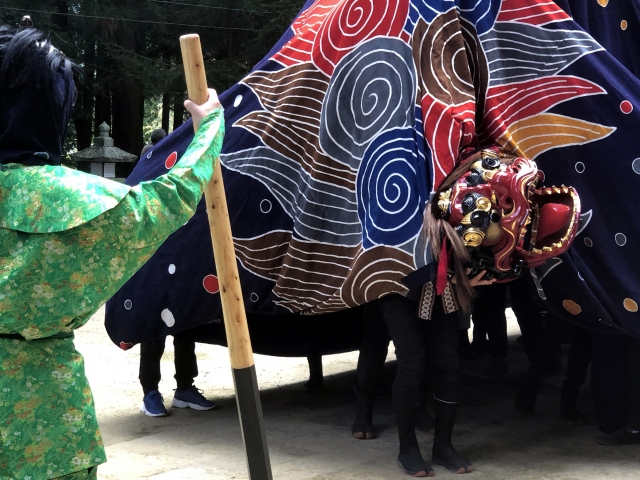
Remnants of martial arts can be seen in the stick techniques of the Shishi Dance
The stick fighting techniques that are taught alongside the Shishi Dance can be broadly divided into those performed by one person and those performed by a pair, but it is said that not all of them resemble real fighting techniques.
However, some documents remain that record the names of schools and techniques, and there are examples where they still retain their appearance as martial arts. For example, -ryu" can be seen in the ancient documents handed down at "Oyamada Sasara" in Oyamada, Nishiki-cho, Senboku City, and the characters " "Hirokunai Sasara Engi" .
In particular, the former, Oyamada Sasara, has a document from 1848 entitled "Chokushin Araki-ryu Ge-kan" (Chokushin Araki-ryu Lower Volume), which lists the names of 49 techniques (kata). Let's take a look at the first seven of these, which are accompanied by explanatory text.
・Totsume,
cloud ring
, cloud shadow
, tosoku
, transfer
, courage
, flower head
Although the name is reminiscent of old-style martial arts, the descriptions do not contain detailed descriptions of the techniques, but rather are thought to be metaphorical descriptions of the mindset required for fighting with a stick.
Another important point is that following these names, the origins of the Jikishin Araki-ryu are written.
According to the book, the founder of this school was a man named "Araki Keinosuke Kiyotsugu, a resident of Bushu," who achieved enlightenment after spending 100 days in seclusion in Hiraizumi. This is a very common pattern in the stories of the founders of old-style martial arts, and the fact that it also includes a lineage of the subsequent traditions means that it has the basic format of a school's teachings.
There is also an element of magic in using the power of martial arts to "ward off evil spirits."
Although the date of its creation is unknown, the Higashi-Nagano Sasara Engi, a book gives the following explanation for the origin of the Shishi Dance, which is performed during the Obon period: "It is performed by cutting with swords, long swords, sticks, sickles, etc. to ward off the demons of Japan."
There are also other descriptions such as "Using swords, naginata and sticks to drive away demons" and "Using sticks, long swords, sickles and other weapons to drive away demons," which can be said to attach significance to the power of demonstrations using stick techniques, swords, naginata and sickles, as well as other weapons, to drive away demons, or to ward off evil spirits .
The idea of warding off evil spirits through military might has been passed down since ancient times, and the stick fighting techniques passed down in Akita's Shishi Dance were not just positioned as martial arts, but could also have had the significance of magically protecting important festivals.
On the other hand, in the movements of two people facing each other and using sticks, it is said that in many of them, the two strike each other alternately at the upper and lower parts. This is thought to represent attacking or defending the head and shins, which are weak points of the human body, and can be said to convey the movements of a basic and effective martial art.
Information
- Reference link: Akita Folk Performing Arts Archives – Sasara and Koma Dance
<Main references>
- Gen Tanabe, "The Martial Arts Performing Arts Passed Down in Akita's Shishi Dance," Sports Anthropology Research (18), 2016 <Link: PDF file >





![[Recommended Autumn Festivals: Akita Edition] 3 History and Traditional Akita Autumn Festivals Akita Catch](https://jp.neft.asia/wp-content/uploads/2024/08/979a38324ff45520e274bdc0cee6df5e-150x150.jpg)
![[Tohoku Autumn Foliage Driving Map: Akita Edition] 3 Recommended Driving Courses and Local Cuisine! Akita Catch](https://jp.neft.asia/wp-content/uploads/2024/10/979a38324ff45520e274bdc0cee6df5e-150x150.jpg)
![[Akita] Full of attractive food and sightseeing! Yokote & Yuzawa area Inaniwa udon](https://jp.neft.asia/wp-content/uploads/2016/10/稲庭うどん_02-150x150.jpg)
![[Tsuruoka City, Yamagata Prefecture] Camping and overnight drying squid making experience! What kind of place is the popular Nezugaseki? Nezugaseki](https://jp.neft.asia/wp-content/uploads/2023/08/22221142_m-150x150.jpg)
![[Serialization: Following the narrow path in the back part 2] After arriving in Miyagi Prefecture, Basho and Sora aim for Sendai, the capital of forests. Oku no Hosomichi 2](https://jp.neft.asia/wp-content/uploads/2023/09/f05201ee29d975b84ec437a8b76f2b98-150x150.jpg)
![The development of Akita city began in Tsuchizaki - Tsuchizaki Minato at the mouth of the Omono River, which developed as a center of distribution [Akita Prefecture] 33192efe1595a3309d4e9325ae7a5621](https://jp.neft.asia/wp-content/uploads/2023/12/33192efe1595a3309d4e9325ae7a5621-150x150.jpg)
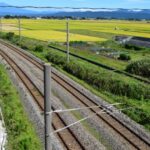
![Hachirogata, once the second largest lake in Japan [Akita Prefecture] Ogata Village | Hachirogata Reservoir Pond](https://jp.neft.asia/wp-content/uploads/2017/03/24094900_m-150x150.jpg)
